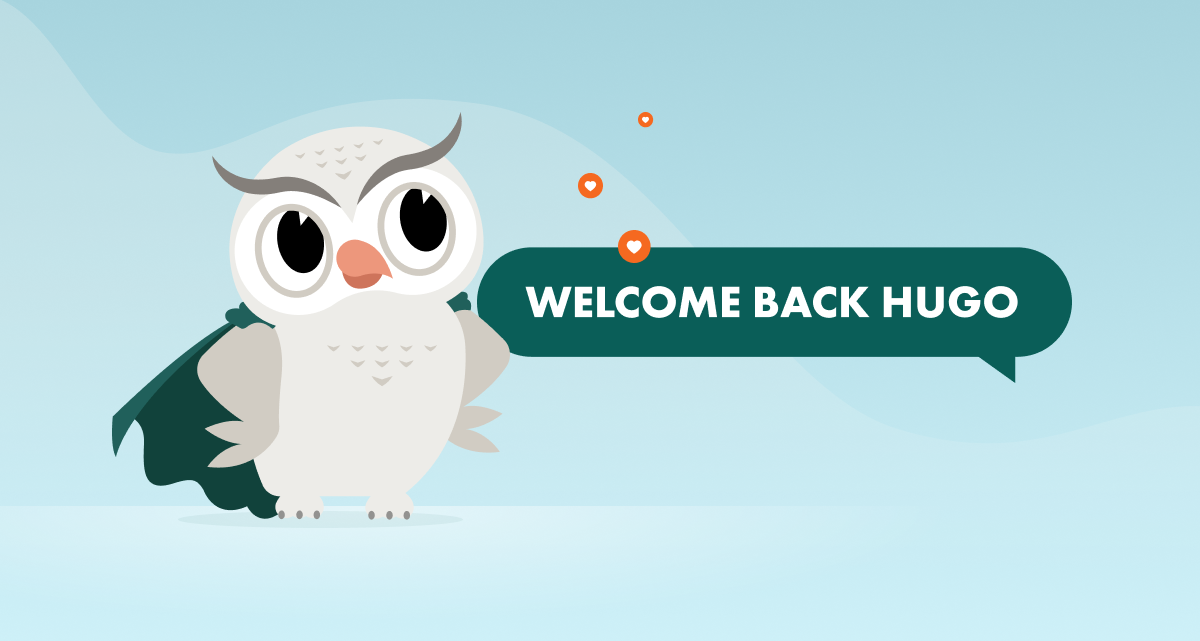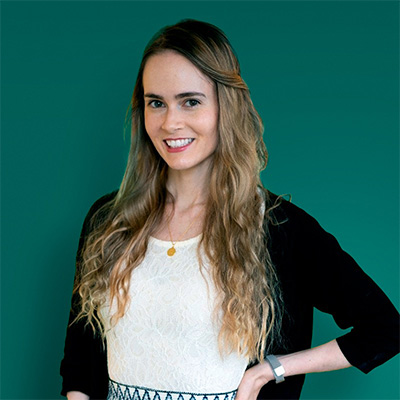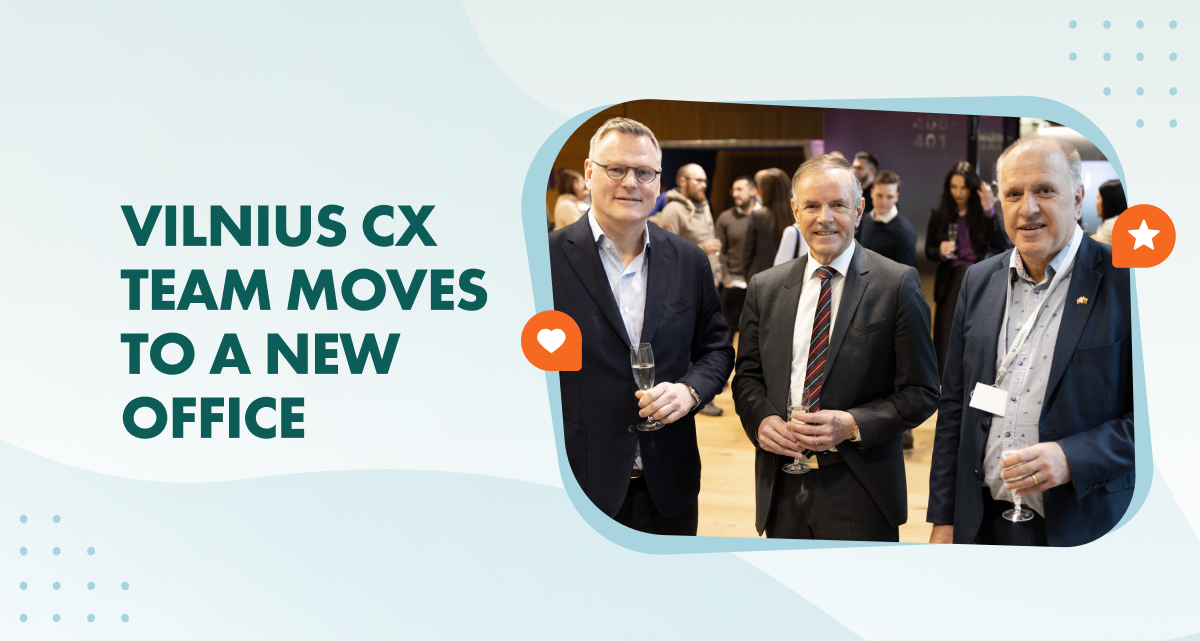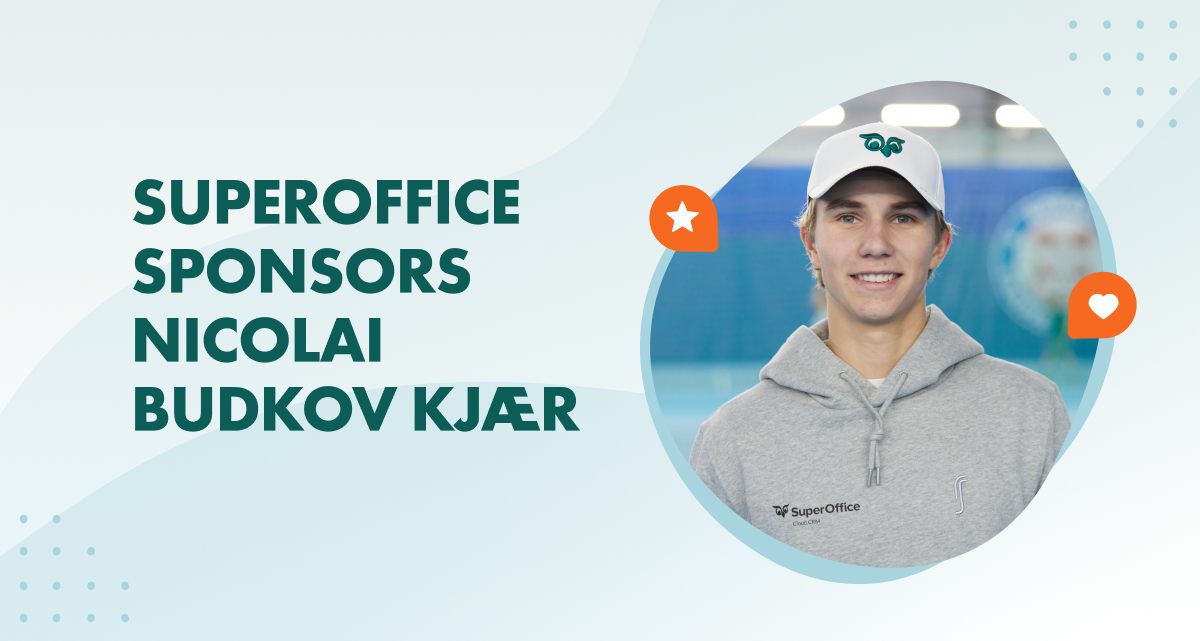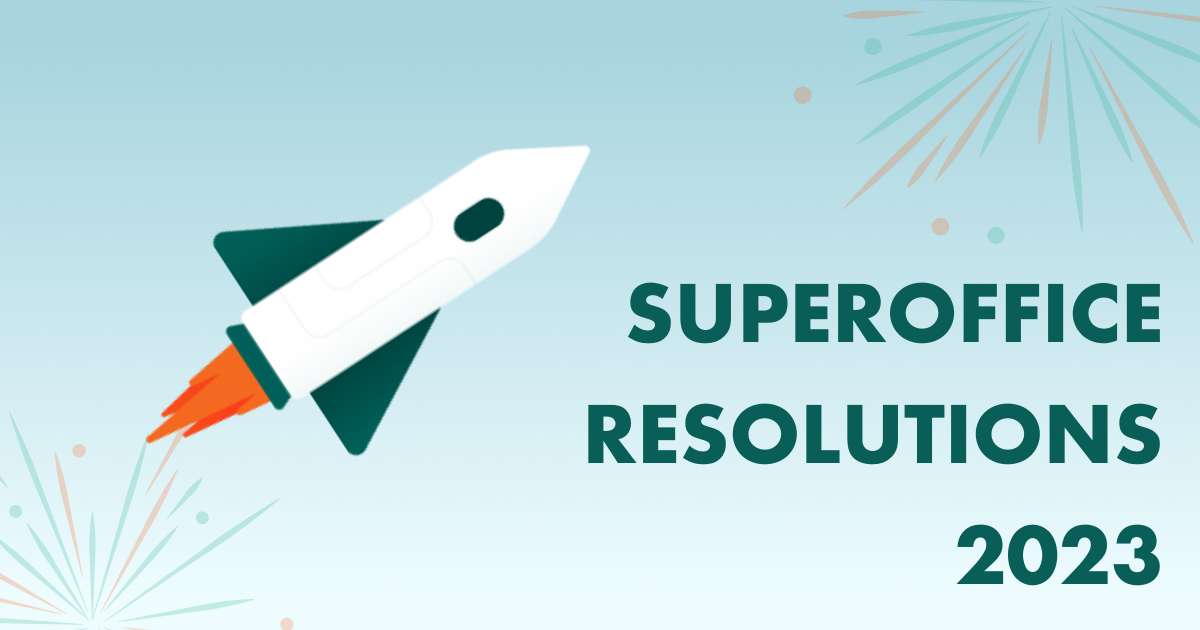If I asked you what your brand’s most recognizable asset was, what would you name?
What one thing immediately distinguishes your company from another?
Is it your logo, your color scheme, your most-used icons, or perhaps a jingle?
Sure, all of them are (hopefully) memorable and important in one way or another. But usually, they’re not strong enough to create an emotional association.
Ok, let me rephrase my question: What does every great story you’ve ever read have in common?
Characters!
Those are the characters that you mostly remember, not plot twists. Because you have an emotional reaction to them: whether you love or hate them. You remember their names, their clothes, their voice, their mannerisms.
How do you tell a great story without a character? I dare say – it’s impossible.
It turns out, business is no different. Research from the Ehrenberg-Bass Institute shows that a character is in fact the most distinctive brand asset you can have. It gives you a stronger chance than any other brand element to be uniquely linked and associated with your brand.
One of the easiest ways to incorporate characters in branding is by using a “mascot”. Think about Ronald McDonald the clown or the Michelin Man. When it comes to B2C marketing, mascot use is nothing new.
So why aren’t they more popular for B2B brands?
This topic – and mascot use itself – is starting to gain more traction. Just in the last couple of years, the B2B Institute has highlighted the research in Marketing Week, Jason Bradwell discussed mascots on the B2B Bite podcast, Focus Lab’s Will Straughn and Bill Kenney have pointed out that mascots are just another (powerful) tool in the marketing toolbelt.
Mascots are mentioned as a key element in the B2B portion of a popular branding course on Udemy. Articulate, Belkins, StudioID, MarketingWorks and more are broaching the issue, Google Trends shows that over the past few years, the term “brand mascot” is growing – slowly, yes, but steadily.
The general consensus is that more B2B brands should dare to embrace characters.
And yet, very few do.
That’s why when I was introduced to SuperOffice and started examining the company’s current branding, I felt like I had stumbled into a branding goldmine.
Here was a B2B company which has had a mascot almost since the day it was founded – more than 30 years ago! 😮
That’s right – we've had an owl mascot longer than DuoLingo or TripAdvisor. (I believe only Hooters has had an owl mascot even longer... but we’re clearly in very different industries. 🤭)
Hugo the Owl was introduced very early in SuperOffice’s history. The company’s first logo was an impossible figure, abstract shapes, symbolizing that SuperOffice helps businesses to do the impossible.
But very quickly, Hugo entered the stage... 🦉
The origin story of Hugo the Owl
According to our CEO Gisle Jentoft, the original idea for the SuperOffice owl actually came from one of our customers – an artist who used SuperOffice CRM to make more sales. He got in touch and pitched the idea of a new logo based on how he experienced the platform. He asked himself what SuperOffice helped him do?
It gave him an overview, a 360-degree view of his market, his customers, and his prospects. It helped him to find, catch, and keep more customers. Like an owl, sitting up in the treetops with a perfect view of everything happening below, ready to strike when the moment was just right.
Our founder, Une Amundsen, loved the idea. But he also felt that the owl should be a business owl – since we are a solution for businesses. That’s how Hugo ended up adorned with a suit and glasses and holding a pen between his talons.
He was a hit. Customers and employees loved the fanciful, odd figure. He quickly went from being just part of the logo to being a character, a brand mascot. Over the years he was featured in an animated video or two, and even printed on t-shirts.
But this beloved, ownable brand asset was shelved in 2015, when we adopted the current wireframe logo. The owl was still there but had been scaled back to being “just” a symbol in the corner of the logo. Which, don’t get me wrong, is a great logo. And we’re not changing it.
But it’s just a logo. While the role of mascot was vacated.
And yet, we’re still “the company with the owl”, as acquaintances told me when they heard I was starting at SuperOffice. There are owl plushies, speakers, and statues all over our Stockholm office, and even chairs with owl faces printed on them at our Oslo headquarters.
The owl, although stripped of his feathers and reduced to a wireframe icon in our logo, was still very much embedded in our culture.
Bringing Hugo back
In my book, all this just screamed one word – potential.
The first hurdle any company needs to take on in a saturated market is simply getting noticed. When there are dozens, or even hundreds, of competitors in your industry, many of which are much bigger, how do you even get a prospect’s attention?
You have to be different. You must have a distinct character.
And as cliché as it may sound, a cute animal is a classic and effective way of doing that! 😉
We can use a mascot in our social ads. On our website. We can use it to personify our helpful chatbot. He could even walk around at events, helping funnel intrigued guests towards our stand. Perhaps we could even integrate the mascot in our product. The possibilities are endless – as long as we’re brave enough.
And we didn’t even have to start this process from scratch – we just had to dust it off and add some “pizzazz”. We started with the icon in our logo for inspiration, and from there fleshed him out, and figured out what our modern mascot would look like.
Hugo looks totally different than before – rounder, softer, to match the rest of our brand. Of course, he got an update to match our color palette as well. (This also helps us further differentiate ourselves – how many companies do you know that use a white owl?)
Rather than jumping on a branding bandwagon and yet another marketing trend, it felt like a natural, authentic next step to put Hugo back in the spotlight.
Once pushed into a corner of corporate history, Hugo is now ready to enter the stage again. It’s his glorious comeback.
He’s Hugo the Relationships Hero – and we’re so glad he’s back.
